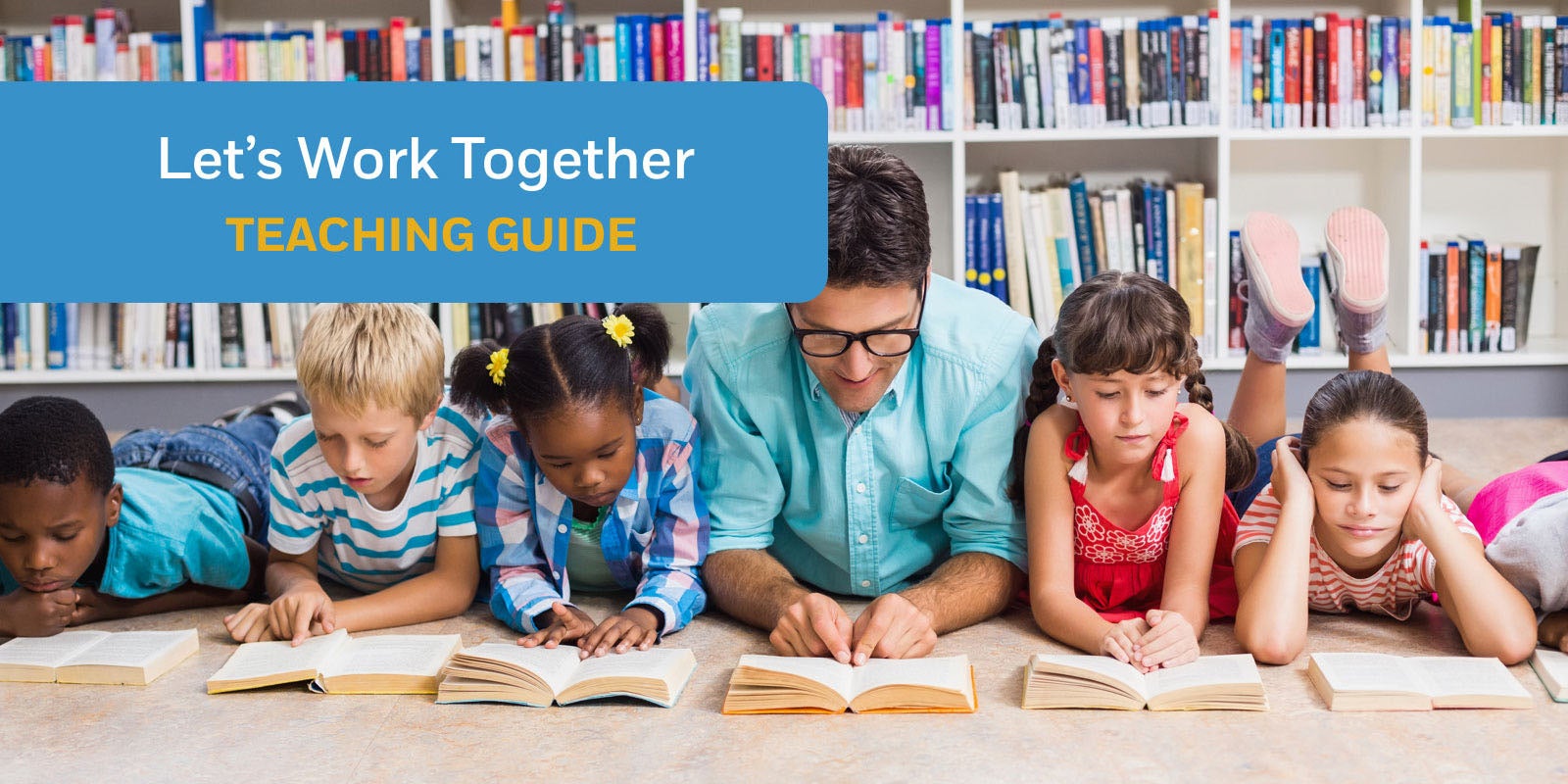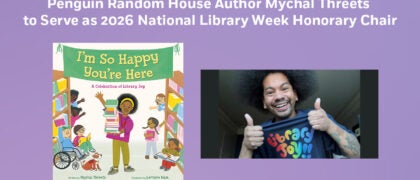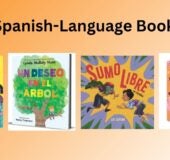Dear Educator,
Elementary school teachers often organize reading instruction around guided reading groups, and groups read books that meet the instructional needs of members. However, like most of you in middle and high school, I have used one novel, biography, or informational text for an entire class. And, in doing so, I soon realized that up to half of my students couldn’t read and understand the assigned text.
While it’s true that accommodations such as reading the book out loud or having students listen to an audio book are terrific ways of engaging reluctant and striving readers, students need to improve their reading skills by reading books every day. This leads to an important question you and I should consider: If students don’t read, how can they become better at reading? The answer is easy:they can’t.
Using a core, required text and related texts addresses the reading issue in three ways: (1) Since you can select related texts at diverse reading levels in your classes, students can and are reading them. (2) Selecting inclusive literature becomes a window offering all students opportunities to learn about diverse cultures and lifestyles, to understand their world, and to become global citizens. (3) Equally important, inclusive literature is a mirror for your culturally diverse
students who can see themselves in stories that have relevance to their lives.
You don’t have to read all the related books. Instead, you’ll use your core text to model how to think about and discuss related books, and you’ll provide open ended suggestions for students to write about their reading in notebooks. By doing this, students increase reading volume and gain the practice needed to improve their reading skill.
Laura Robb
- To download the Let’s Work Together Teaching Guide here!
- To view a list of titles, click here: Diversity, Inclusive, and Empowerment Collection
![]()





